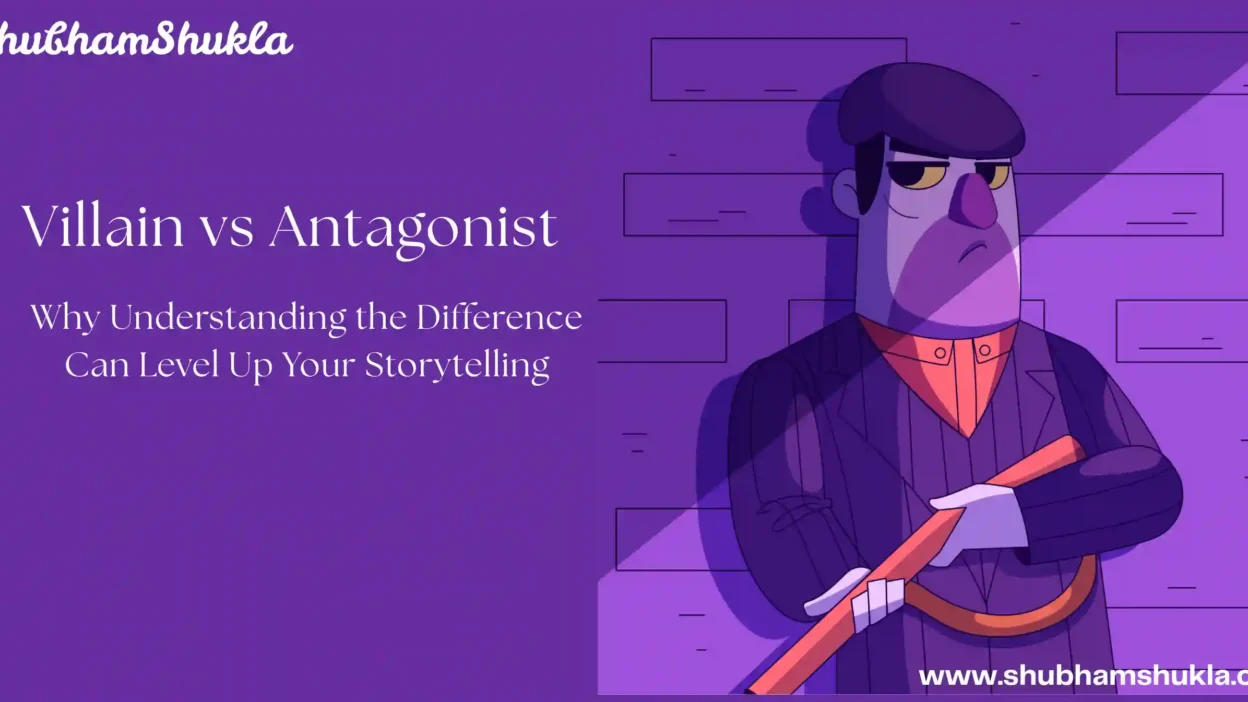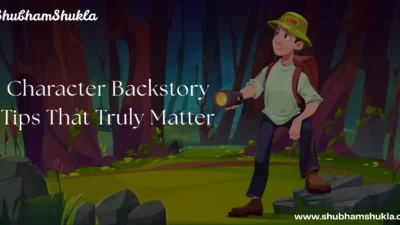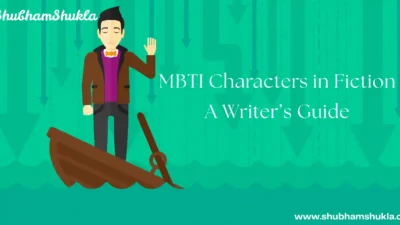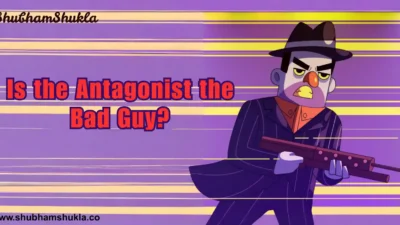Ever read a book where the “bad guy” wasn’t really bad just in the way? Or maybe you’ve written a story and realized halfway through that your so-called villain was actually… kind of right? That’s the magic in the villain vs antagonist discussion it’s way more nuanced than just heroes and evildoers. And trust me, once you get the difference, your stories will hit deeper, feel richer, and stay with readers longer.
So, pull up a chair, grab a coffee, and let’s dive into the character-driven heart of conflict.
- What Is an Antagonist, Really?
- So, Who-or What-is the Villain?
- Villain vs Antagonist: Why It Matters
- In My Own Experience, I Found That…
- Great Stories That Nail the Villain vs Antagonist Balance
- Writing Tips for Crafting Antagonists and Villains
- Conclusion: The Conflict Is the Heartbeat
- FAQs: Villain vs Antagonist
What Is an Antagonist, Really?
We often toss the word “antagonist” around like it’s synonymous with villain—but that’s only part of the picture.
An antagonist is any force that opposes your protagonist’s goal. That’s it. It could be a rival, a friend, a parent, a tornado, or even their own self-doubt. The antagonist doesn’t have to be wrong—they just have to create resistance.
Take Javert from Les Misérables. Is he a villain? Not exactly. He’s a man upholding the law, sticking to his moral code. But he’s still the antagonist because he’s constantly in conflict with Jean Valjean’s redemption arc.
Or consider stories like The Fault in Our Stars. The antagonist there is time. Or illness. Or fate. Not a villain in sight, yet the tension is undeniable.
So, Who-or What-is the Villain?
Now, a villain is a whole different flavor. Villains usually have intent. They actively choose harm, manipulation, or destruction. They’re not just blocking the protagonist—they’re often doing it for selfish, dark, or malicious reasons.
Think Voldemort from Harry Potter. He’s not misunderstood or just doing his job—he’s straight-up evil. Power-hungry. Cruel. Willing to kill and destroy to get what he wants. That’s a villain.
But here’s the twist: most villains are antagonists, but not all antagonists are villains. That’s the core of the villain vs antagonist distinction.
You may also like: Best Durjoy Dutta Books: Top 10 Must-Read Love Stories
Villain vs Antagonist: Why It Matters
Understanding this difference isn’t just academic—it’s storytelling gold. When writers blur the two, they risk creating flat, one-note “bad guys.” But when you’re clear on villain vs antagonist, you unlock complexity, moral tension, and emotion.
Imagine you’re writing a novel about a young woman trying to break free from her conservative family. Her father might be the antagonist, but he’s not necessarily a villain. Maybe he loves her deeply but fears for her future. That makes the conflict so much richer.
Now swap him with a malicious CEO actively trying to destroy her dreams out of spite. That’s a villain. Different flavors of conflict and different reader reactions.
In My Own Experience, I Found That…
…once I stopped thinking of antagonists as just “the bad guy,” my stories gained more emotional punch. One of my early novels had a character who kept clashing with the protagonist—not because he was evil, but because he had a different worldview. For a while, I resisted making him the antagonist because he didn’t feel like a villain.
But once I embraced that he was just an opposing force, not an evil one, everything clicked. Their scenes together became layered, full of tension but also humanity. And honestly? Readers remembered him just as much as the protagonist.
So if you’re wrestling with your own character dynamics, take a step back. Ask not “who’s the villain?” but “who’s standing in the way, and why?” You’ll often find your real antagonist hiding in plain sight.
Great Stories That Nail the Villain vs Antagonist Balance
Let’s look at some examples that really show this difference in action:
- Black Panther (Marvel): Killmonger is the antagonist—and arguably the villain—but his motivations come from real trauma. Viewers sympathize with him, even if they oppose his methods.
- The Great Gatsby: Tom Buchanan is an antagonist to Gatsby, sure. But is he a villain? Depends on how you view his entitlement and actions. He’s a brilliant example of a character who’s despicable yet not traditionally “evil.”
- Breaking Bad: Walter White is the protagonist—and also the villain. That’s next-level writing, where the main character becomes his own worst enemy (and antagonist).
This blending of roles is why the villain vs antagonist conversation isn’t just semantics—it’s a vital writing tool.
Writing Tips for Crafting Antagonists and Villains
If you’re developing your next story, here are some friendly reminders:
- Give your antagonist purpose: Don’t let them exist just to be in the way. Know their goal—and make it compelling.
- Villains need layers: Even your darkest villains should have depth. Why do they act this way? What wounds or beliefs drive them?
- Conflict doesn’t require cruelty: A best friend with a conflicting dream can be just as effective an antagonist as a mustache-twirling villain.
- Ask your protagonist “what’s in your way?” The answer often reveals your true antagonist—even if it’s fear, trauma, or guilt.
You may also like: Top 10 JK Rowling Books Ranked by Readers
Conclusion: The Conflict Is the Heartbeat
At the end of the day, stories live and breathe through conflict. And understanding the villain vs antagonist difference lets you build that conflict with clarity and care.
Not every story needs a supervillain. Sometimes, all it needs is a character who genuinely believes the opposite of what your protagonist holds dear.
So write your antagonists boldly. Write your villains with purpose. But most importantly write characters who matter, who challenge, and who stay with us long after “The End.”
FAQs: Villain vs Antagonist
Q1: Can a villain also be a protagonist?
Absolutely. Think Walter White or Dexter—characters we follow as protagonists, even though their actions make them villains.
Q2: Can an antagonist become an ally?
Yes! That shift can make for a powerful arc. Rivalries turned friendships often deepen emotional impact.
Q3: Do all stories need a villain?
Not at all. Many great stories have no villains—just conflict driven by opposing desires or circumstances.
Q4: Is internal conflict a form of antagonism?
Yes! When a character struggles with fear, doubt, or trauma, that inner force acts as an antagonist.



